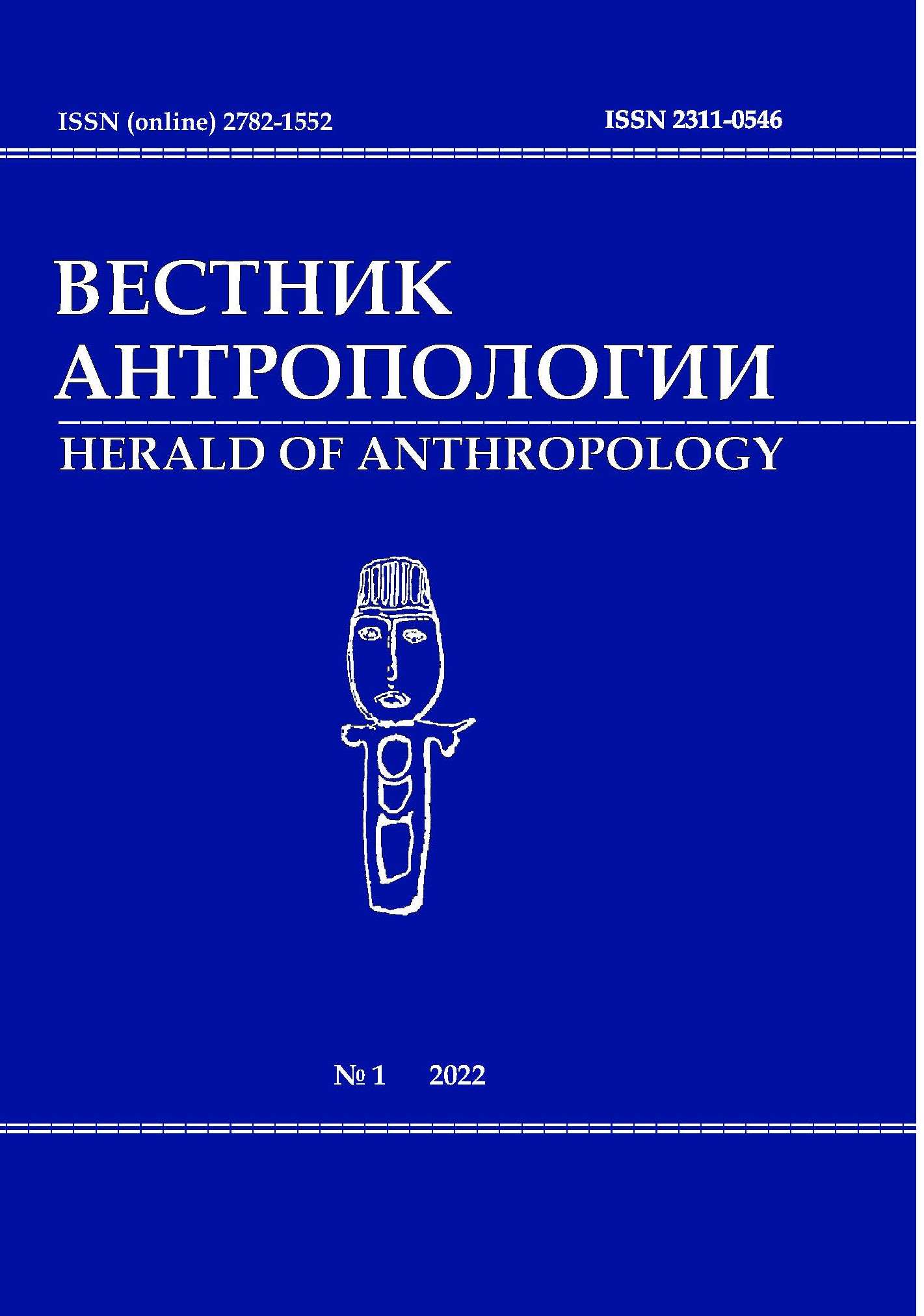White Sea Stamps
DOI: 10.33876/2311-0546/2022-1/150-160
Keywords:
property marks, hunting and fishing marks, stamps, rhombus figure, wooden cross-icons, Karelian coast of the White SeaAbstract
The article is devoted to the study of karsikko (from the Karelian “Karsia” – “to chop off branches”) – sign trees that can be seen mainly in the zone of northern coniferous forests and have various functions. Stamps are family and ancestral marks used as signs of ownership and carved on trees to designate a hunting trail with snares on it or the border of the fishing grounds of a family or a tribal group. Trees could be marked in places of overnight stays in the forest or near fishing huts, on patrimonial grounds, etc. Any sign on a tree usually also has a magical function protecting those who spend the night in the forest, in an unfamiliar place, away from home.
The article describes two trips to the White Sea coast and consists of two related parts, the first one being devoted directly to the stamps. The Karelian stamps have received very little attention in the scientific literature: apart from one article by D. Zolotarev, who described data from the extreme north of Karelia, no works have been devoted to them. Property marks have a long history and have undergone various changes. Nevertheless, the author compares the conclusions and identifies some patterns regarding the rhombus figure used in the stamps in the north of the Karelian coast.
The second narrative is based on the tradition to embed copper folds and wooden cross-icons into the trees (although the crosses could be carved in the tree's bark). These artifacts were made in the Old Believers' Danilovsky Skete (Vygoretsia) until the middle of the 19th century. Among peasants, apart from belonging to the shrine in the hut, they played the role of an apotrope, guarding the forks and crossroads of roads and paths, the borders of settlements, and other places where "evil spirits" were concentrated, neutralizing their influence on people. Earlier, icons with the image of a cross and often with the so-called Adam's Skull on Mount Golgotha, symbolizing the first burial of a mortal person since the world's creation, were embedded in crosses and trees at the cemeteries. In addition to the cross-icons (and in some places images of the saint of the same name with the deceased), the patrimonial mark of the deceased with his personal stamp could be carved on the grave structures and the trees next to the graves.
For Citation: Konkka, A.P. 2022. White Sea Stamps. Herald of Anthropology (Vestnik Antropologii) 1: 150–160.





















